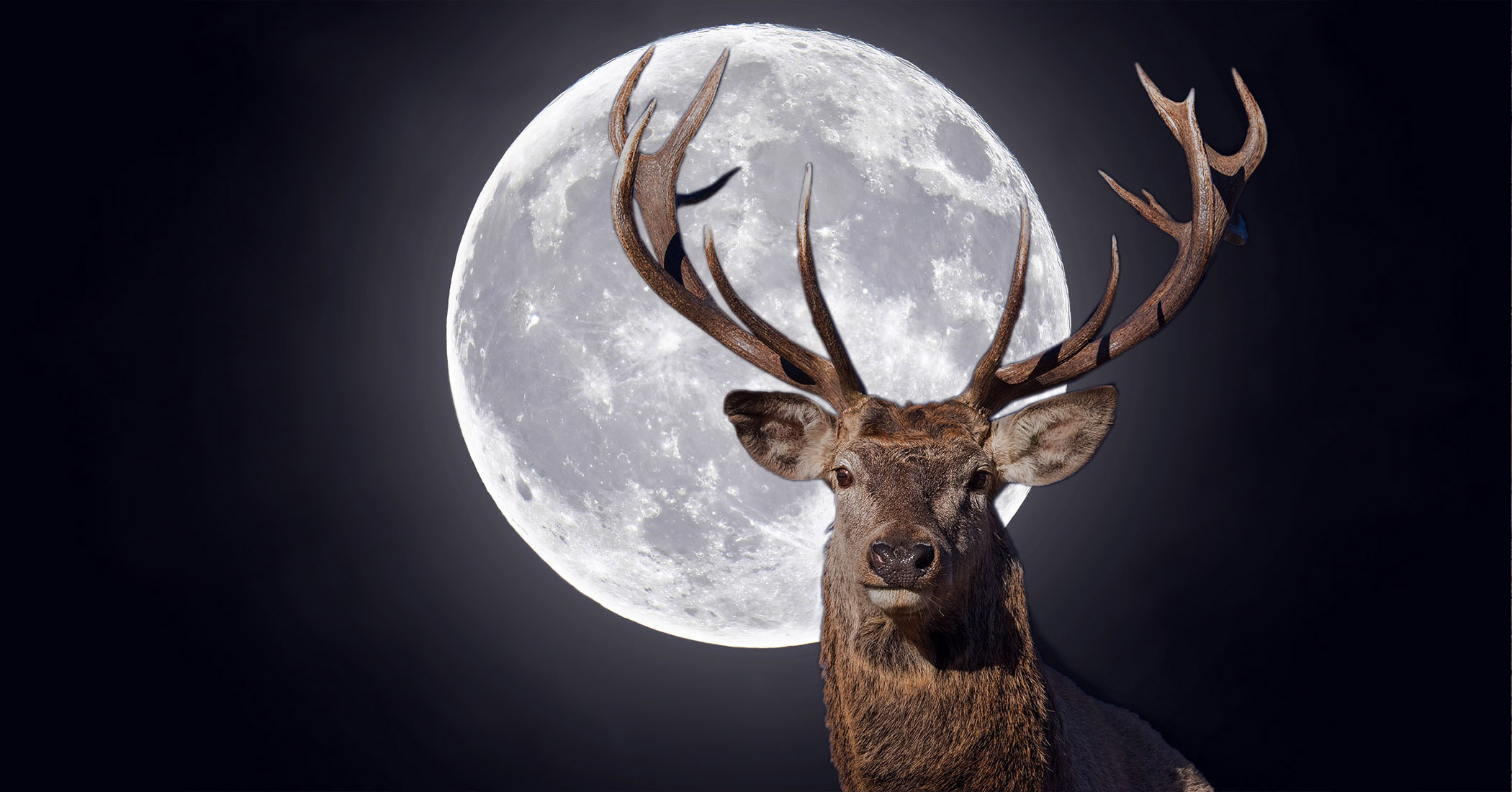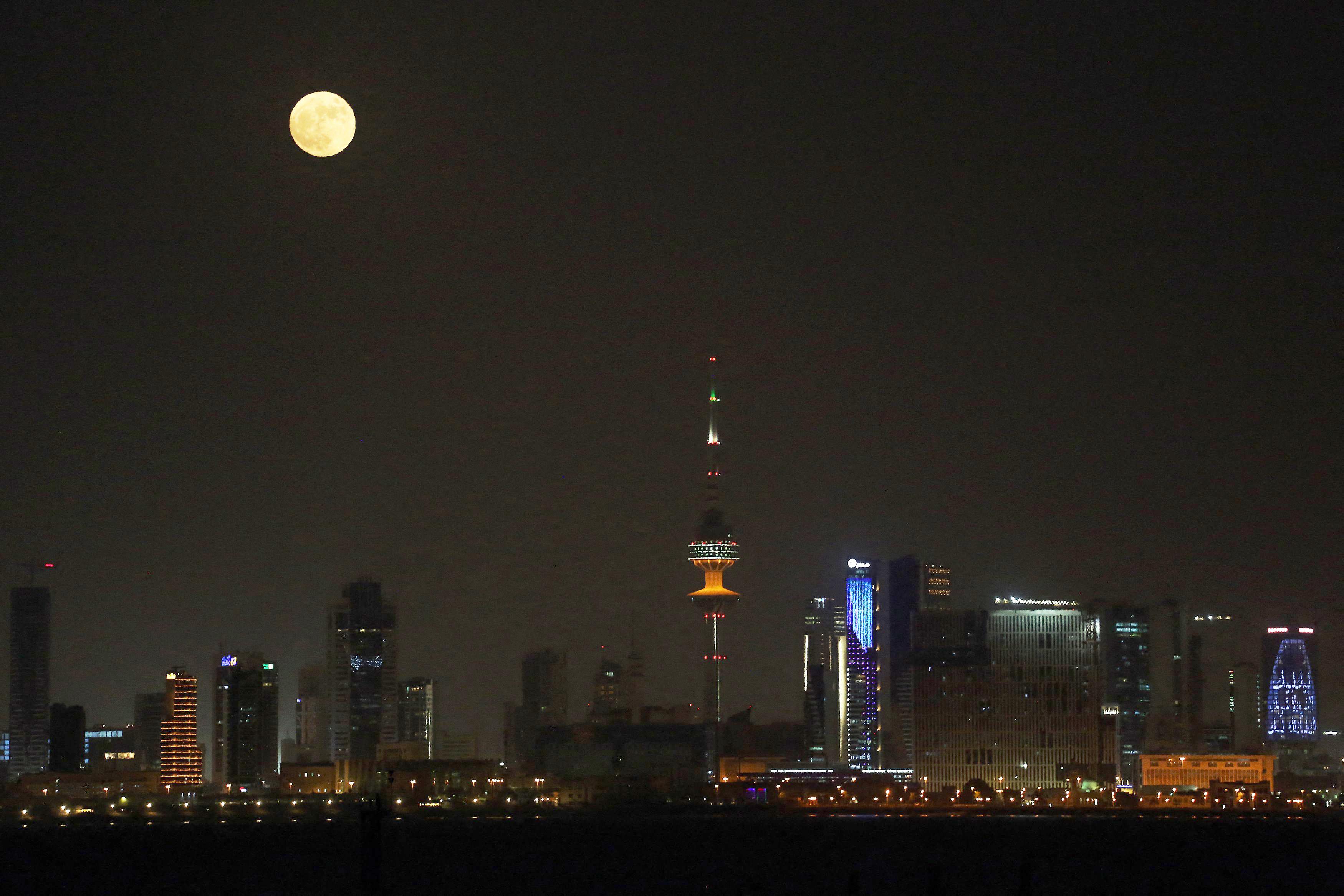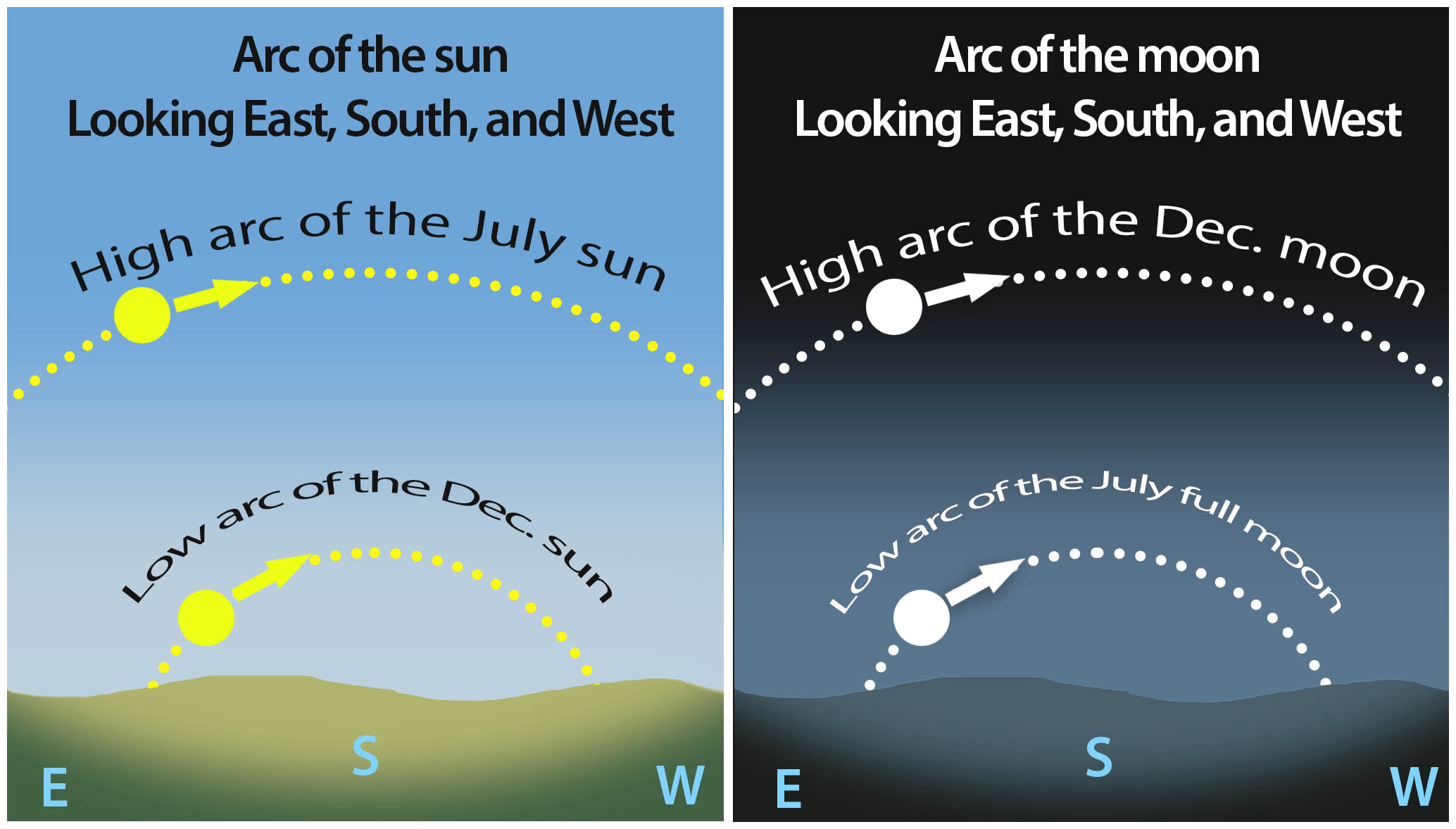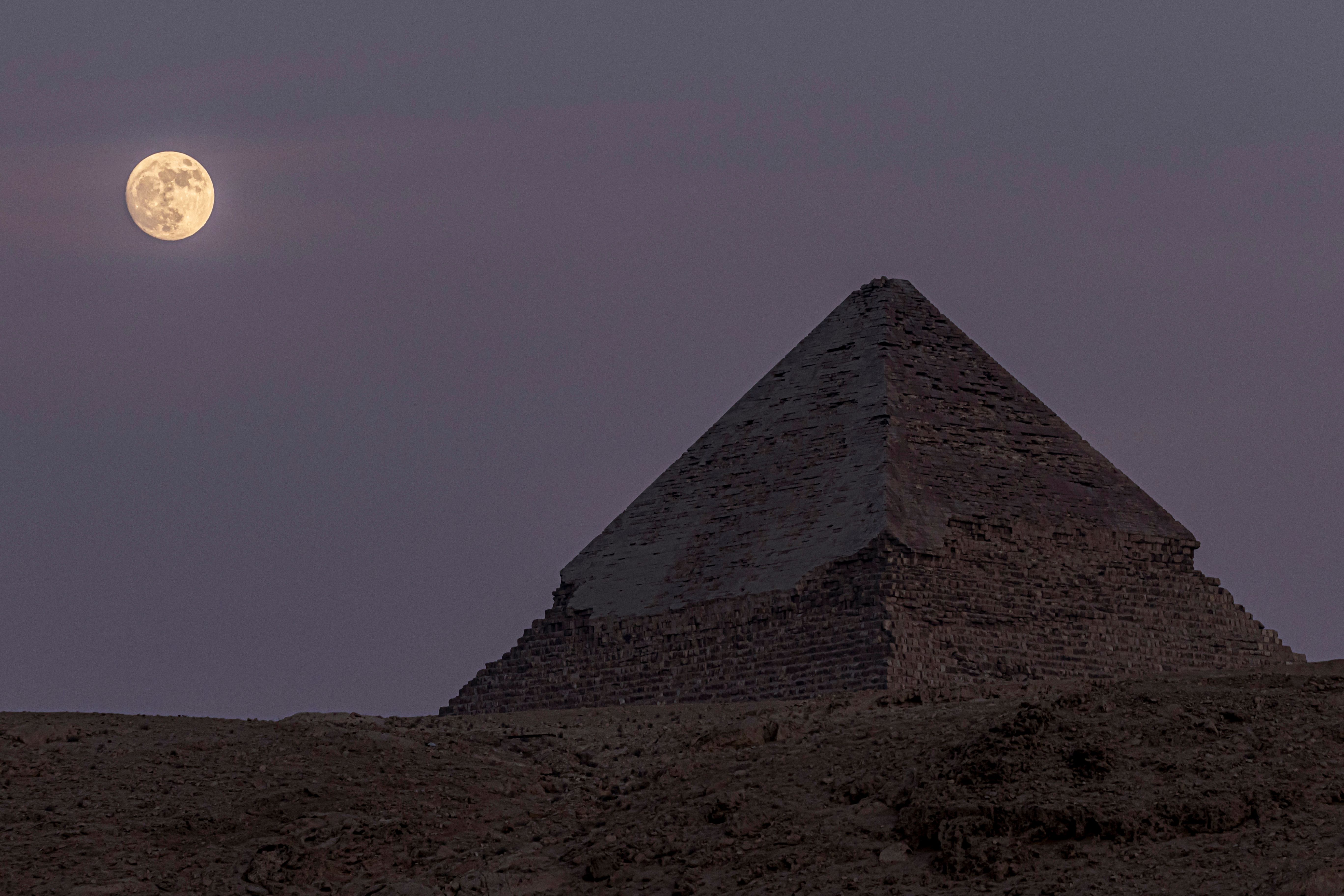


The upcoming July full moon, traditionally called the full “buck” moon, comes almost off the heels of the summer solstice. It will be the first of four super moons this year, thus it will appear bigger and brighter than most full moons. But as it falls so close to the solstice, it will hang very low near the horizon.
We’ll unpack more about this moon so you can enjoy the spectacle more fully. Firstly, we should reveal how the full “buck” moon racked up its curious moniker.
The July full moon is named after the male deer, or bucks, that seasonally grow their antlers out, sometimes to impressive sizes, during this month. The July moon has other popular names such as the salmon moon and feather molting moon, though these are less common, according to Almanac. Traditionally, Native American cultures also dubbed it the raspberry, berry, or thunder moon.
We can expect the upcoming full moon to be brighter than your average, as it will be what’s called a super moon. This is where the full moon occurs on or about its closest orbital point to the Earth, or perigee. The moon’s orbit is far from round; it follows an elliptical path around the Earth, so there are points where the moon is closest and furthest away, the latter being its apogee.
Super moons are when full moons coincide with or near said perigee, thus appearing larger and brighter. Honestly, most people won’t notice the slight increase in size, as they are only about 7 percent larger than average full moons. Yet super moons do seem conspicuously brighter—by about sixteen percent, according to Earthsky. They are some thirty percent brighter than micro-moons, which occur at the moon’s apogee.
The July super moon will be the first and smallest of four super moons in 2023. The rare occurrence of two super moons in one month—what’s known as a “blue moon”—will happen in August. These will fall on Aug. 1 and Aug. 30, with the latter being the biggest and brightest of the year. The last super moon this year will fall on Sept. 29.
To spot this year’s full buck moon, observers in the Northern Hemisphere should look southeast on the evenings of July 2 or 3. It will appear in the constellation Sagittarius, the archer. The full moon reaches its point of greatest illumination at 7:39 a.m. EST. Yet it will hang so low on the horizon, or even below the horizon, that we would advise said evenings instead. As for why it hangs so low this time of year, this relates to the science behind the summer solstice.
The summer solstice is the first day of summer and longest day of the year. The sun’s arc rises to its highest in the sky. As we know, this happens because of the Earth’s axial tilt; during summer in the Northern Hemisphere, as Earth’s axis leans sunward, the sun’s angle from our horizon increases, reaching its highest point. Yet the moon’s falls very low. Here’s why.
First, we must understand full moons. These occur when the moon, Earth, and sun line up more or less straight, with Earth in between. Sunlight strikes the moon’s surface head-on so it appears fully lit from the Earth. Now, imagining the full moon during the summer solstice, Earth’s axial tilt leans away from the moon, favoring Earth’s sunward side with the moon falling away. So, the sun reaches its yearly pinnacle with the moon bottoming out.
Interestingly, the moon’s lowest arc of the year mimics the sun’s during the winter solstice, with Earth now on the other side of the sun, its axis tilting outward. Concurrently, the December full moon hits its height here, mimicking the June sun.
In the Southern Hemisphere, it’s another story entirely. As we know, summer and winter are flipped below the equator. There, the summer solstice presents the shortest day with the moon very high. For observers down south, this year’s full buck moon may present more optimal viewing prospects.
The bottom line? On the evenings of July 2 and 3, you can catch the full buck super moon in the constellation Sagittarius. The moon’s arc will reach its lowest point of the year, perhaps dipping below the horizon, as it falls closest to the summer solstice.



